Tag: Death Camps
January 11, 2013
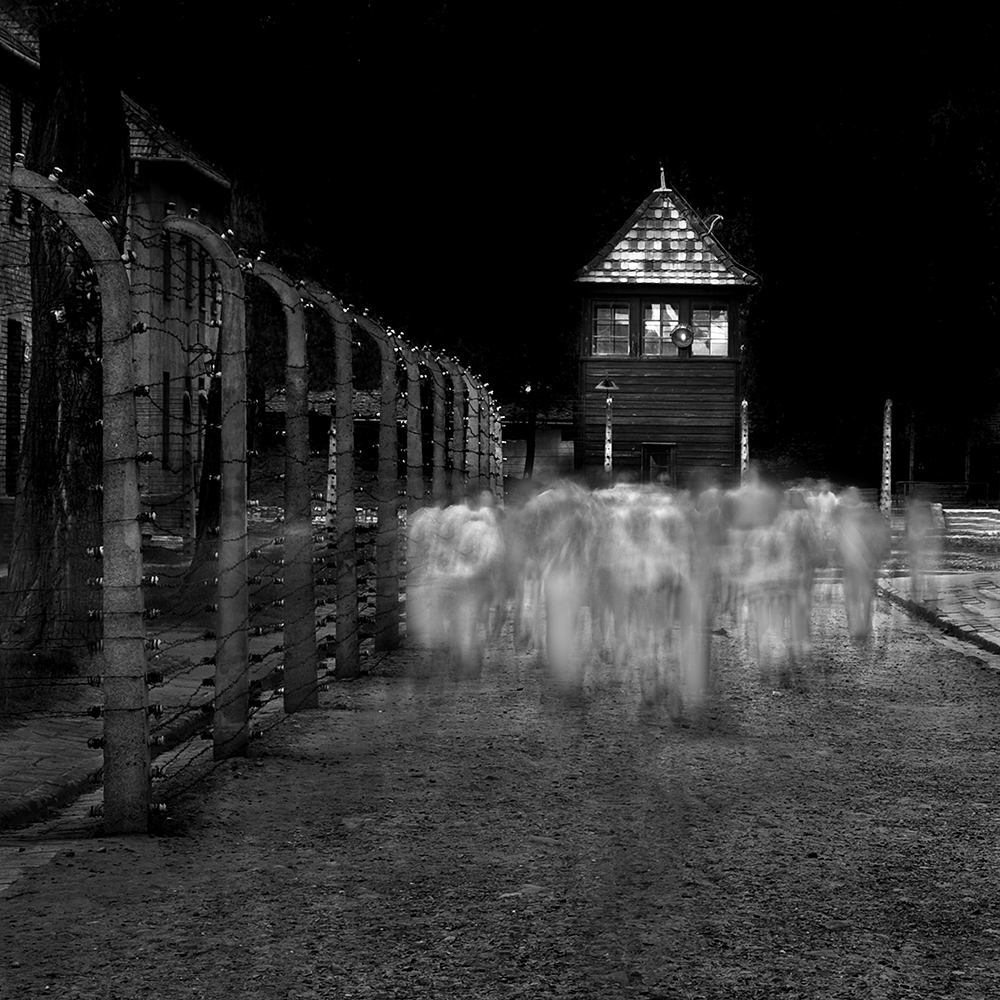
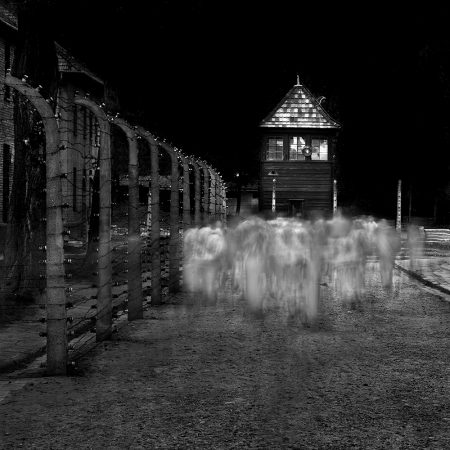
The Ghosts of Auschwitz-Birkenau
Two Exhibitions
.
January 18th through January 29th, 2013
Simon Wiesenthal Museum of Tolerance, Los Angeles
Celebrating Auschwitz-Birkenau Liberation Day
and
Friday, February 1st, 2013
Brick Wall Photographic Gallery, Spokane
Exhibition will run through the month of February
April 6, 2012
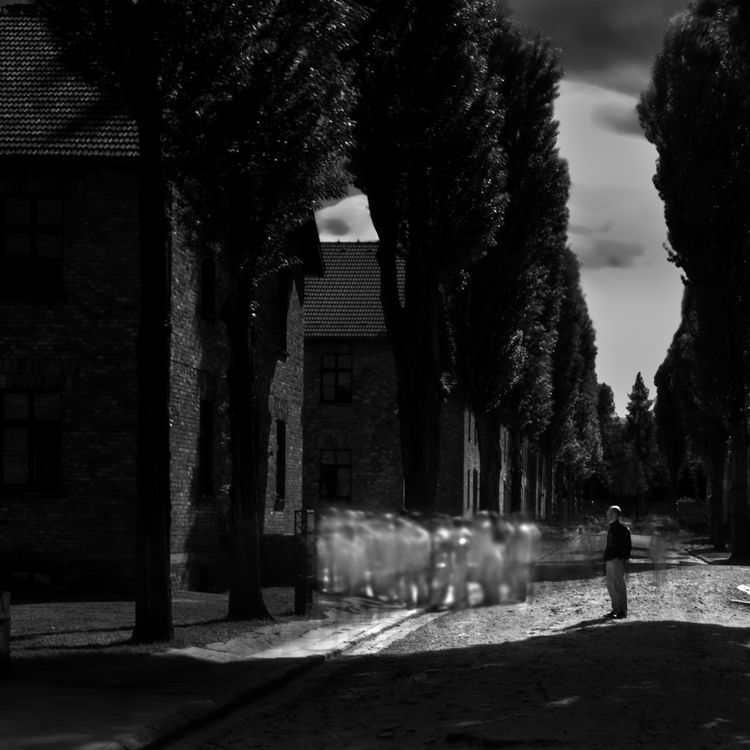

I would like to tell the story behind “The Ghosts of Auschwitz-Birkenau.”
My wife and I were visiting my son who was serving in the Peace Corps in Ukraine (providing balance to his two brothers who were serving in the Marines). Being part Polish, we decided to visit our homeland and took a train to Krakow. Upon arriving discussions began on what to see and of course Auschwitz-Birkenau was high on the list, but secretly I hoped we wouldn’t visit the camps because I did not want see a place of such sadness. However my wife wanted to go and so I agreed.
We took a bus tour that would spend about 1 hour at Auschwitz and 30 minutes at Birkenau. Even though I had my camera equipment with me, I had not planned on photographing the camps because it seemed that this might be disrespectful. The tour began indoors and we saw the meticulous records the German’s kept of their victims and then the piles of personal effects: glasses, shoes, hair and other items.
This was just too overwhelming and I felt like I was suffocating, so I signaled my family that I was going outdoors. Breathing in the open air I began to feel a bit better and slowly walked, looking down at my feet. The thought then came to me: how many had walked here before me, in these exact same footsteps and now were dead? How many had taken this same path and then had been murdered?
I began to wonder if the spirits of those who were dead still lingered, did they still inhabit this place? And then it suddenly struck me that I must photograph the spirits of those who had died here. I instinctively knew how I would do that, I would use long exposures of the other visitors at the camps, who would stand in proxy for the dead. The enormity of this task hit me as I realized that the bus was leaving in 45 minutes and so I ran from location to location, working incredibly fast.
Each location had its own challenges, I had to photograph people without their knowing it, because if they thought I was photographing they would politely move out of my way. I developed techniques to fool people into thinking I was not photographing, I would set up my equipment and then talk on the phone or look in my camera bag, and then trigger the camera with a remote shutter release.
I found that the closer I was to the scene, the harder it was to get the shot because people would see me and move out of my way, not knowing that I actually needed them in the picture! Auschwitz No. 9 was the most difficult image to get, it took many exposures to capture these ghosts.
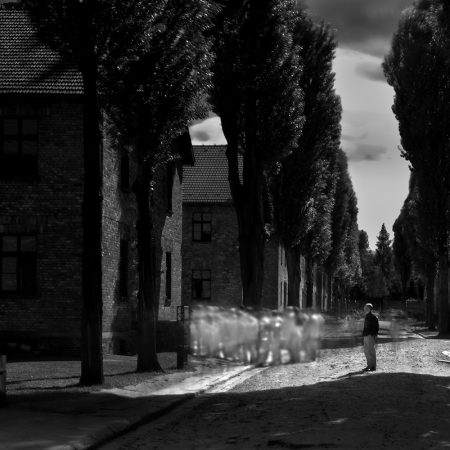
Another challenge was that people had to keep moving to produce the ghosting effects. So many shots were ruined when someone in the group would stop and interrupt the ghosting effect. In one image, Auschwitz No. 4, a man in the group stopped to read a historical placard. This is the only image that I’ve included a “mortal” because it seemed to say “I am completely unaware of the ghosts around me.”
It’s no simple matter to get the right ghosting effects; so many factors affect the image such as the color of the clothing people are wearing, the speed in which they walk, the angle they are walking in relation to the camera and of course the length of the exposure. I had to learn all of this in very short order and I was so grateful to be using digital so that I could get immediate feedback. There was so much to learn in such a short time, but I knew I had to finish before the bus left as I would not have another chance.
In one sense I felt prepared for this moment, for this opportunity. I had been working with long exposures for several years and I understood the basics, however I had never worked with people before and certainly not with unsuspecting subjects. I had to learn quickly and work quickly.
I do feel that I was inspired, both in concept and execution. As I looked at each scene I knew in my mind exactly how the finished image would look. However if you were to see the original shots and compare them to the final images, you would be surprised to see the extensive Photoshop work it took to bring the “shot” into compliance with my vision.
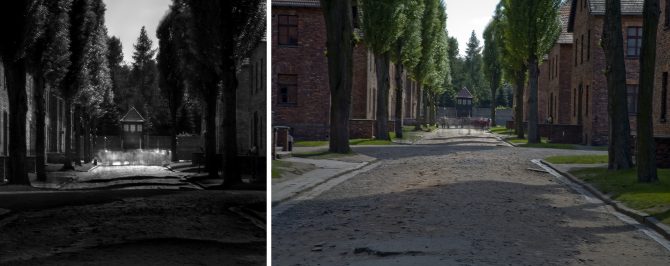
My processing included cropping the image to a square, darkening the scene for an almost nighttime look, increasing contrast, dodging up the ghosts and burning down distracting elements. You can see one “before and after” example above. Vision was the key to this series (remember my Rule of Thirds) and it was the constant that drove everything. You can view the entire Ghosts portfolio here.
Auschwitz-Birkenau is a depressing place, but I am glad that I went. I hope my images can portray the camps not just as a historical location, but as a place where real people lived and died.
Cole
P.S. I recently had the honor of meeting a group of Holocaust survivors who attended the opening of this exhibition in Dallas. I saw a very elderly woman in a wheel chair looking at my images and I introduced myself by saying: “Hi, my name is Cole Thompson and these are my images.” She responded by pointing at the wall and exclaiming: “These are my images!”
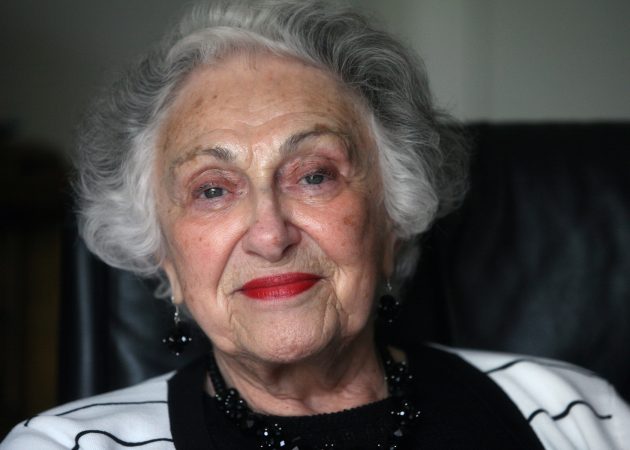
Her name was Edith Molnar and she had been interned at Auschwitz and recognized these locations. That was a humbling moment, to appreciate that you were talking to someone who had lived through these horrors, she was “living history.” Edith passed away several weeks later.
Cole
March 30, 2012
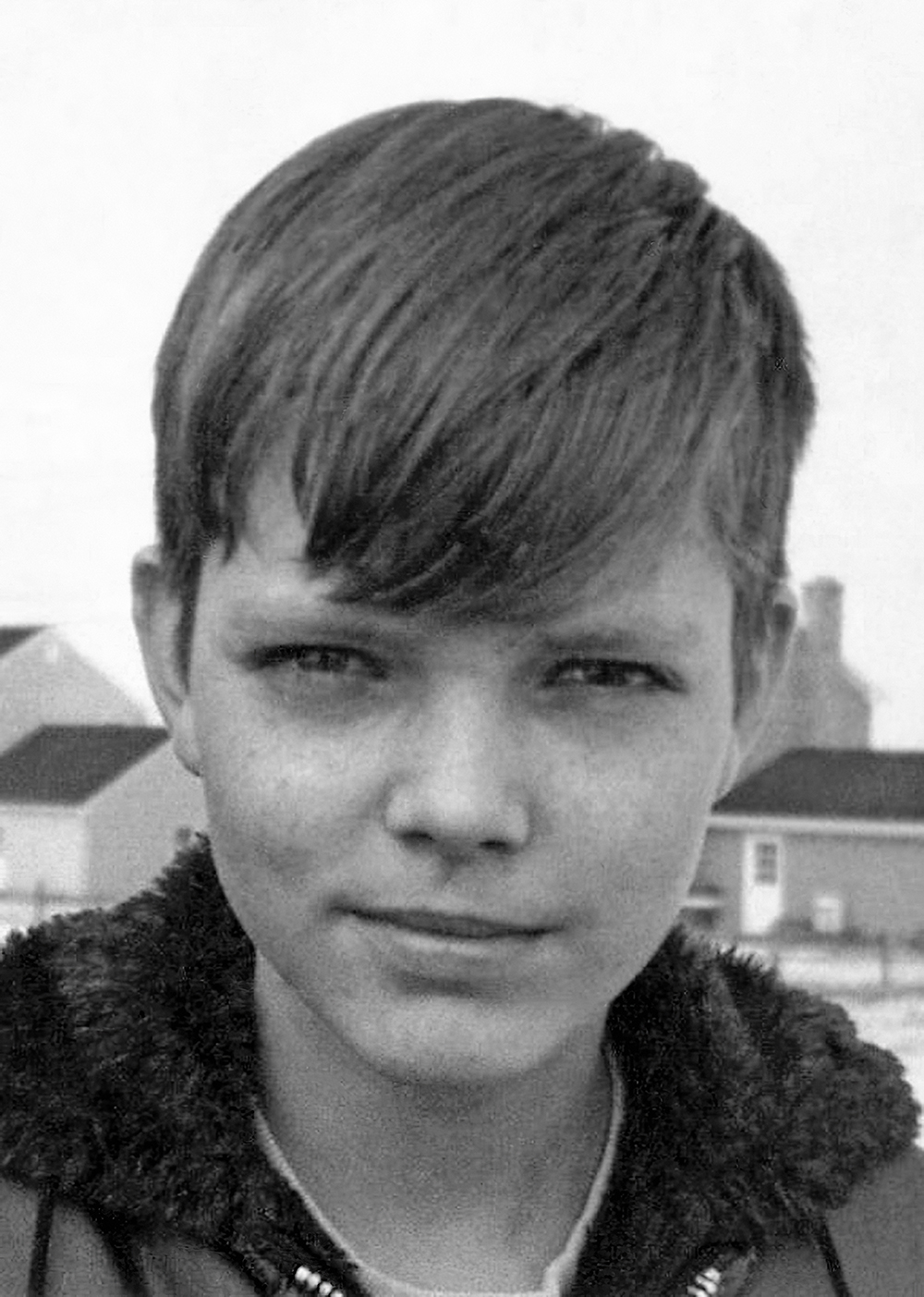

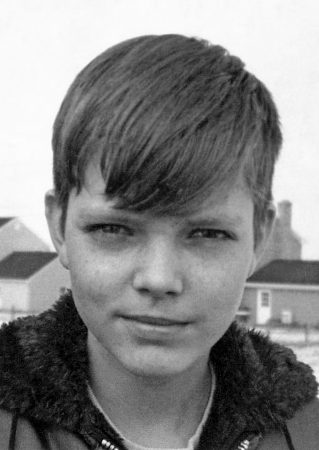
I was a 14 year old boy living in Rochester, NY when I discovered photography. Now some 45 years later I return to Rochester to exhibit, speak and conduct a workshop.
I will be exhibiting “The Ghosts of Auschwitz-Birkenau” and speaking about my experience at the Death Camps and well as sharing impressions from my meetings with Holocaust survivors.
My workshop is titled “Simple Secrets to Great Black and White Photography” and I’ll be sharing my “simple” philosophy, demonstrating my long exposure techniques and showing how I process my b&w images while using only six tools in Photoshop.
All events will be conducted at:
Image City Photography Gallery
722 University Ave.
Rochester, NY 14607
http://www.imagecityphotographygallery.com/
585-271-2540
